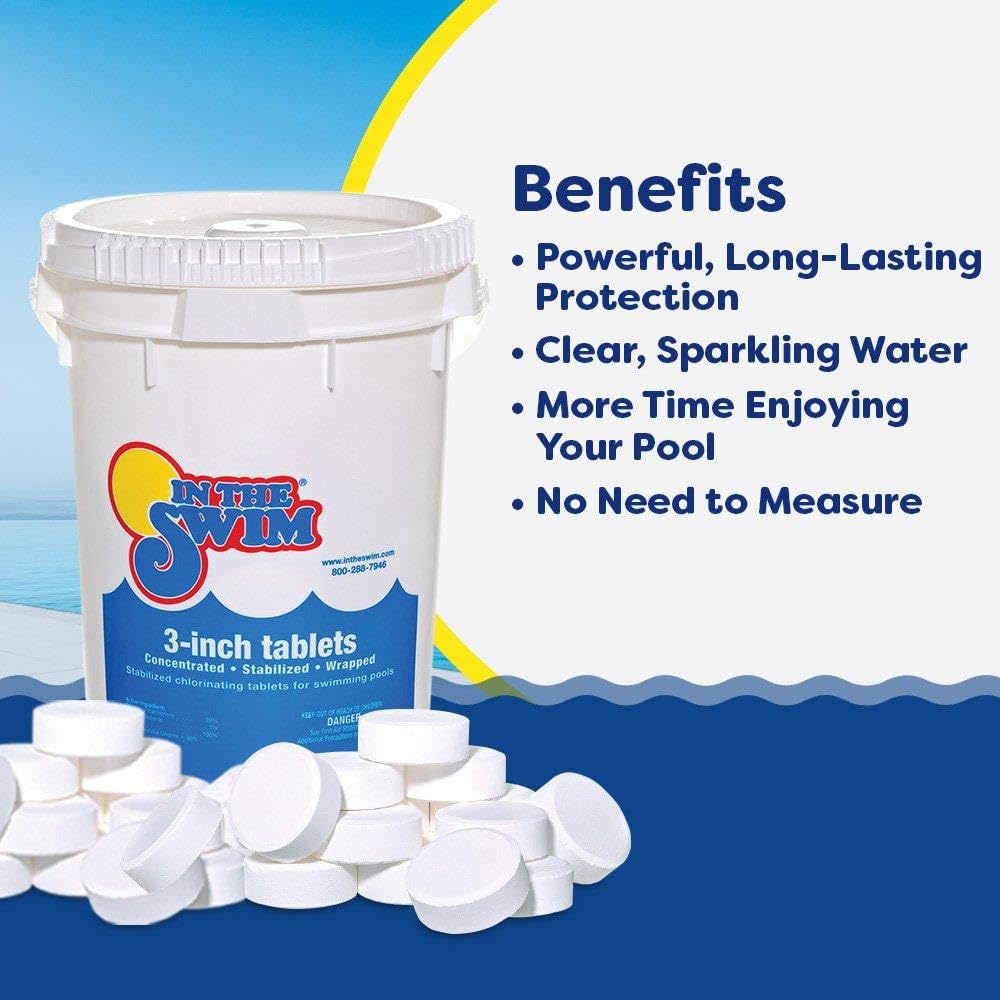Adding chlorine to a pool is a crucial step in maintaining a safe and clean swimming environment. Chlorine acts as a disinfectant, killing bacteria and other pathogens that can pose health risks to swimmers. However, after adding chlorine, it's essential to wait a certain period before diving back in. This waiting period ensures that the chlorine has fully mixed with the pool water and reached a level that is safe for humans.
Why Wait After Adding Chlorine?
Chlorine concentration is the key factor determining the safe waiting period. When you first add chlorine, its concentration is much higher than the safe limit for swimming. Exposure to high levels of chlorine can cause skin and eye irritation, and in more severe cases, respiratory issues. Therefore, waiting allows the chlorine to disperse throughout the pool, effectively sanitizing the water while diluting to a concentration that is safe for swimmers.

Determining the Safe Waiting Period
The question of how long after chlorine can i swim depends on several factors, including the amount of chlorine added, the volume of the pool, and the current chemical balance of the water. As a general guideline, a waiting period of at least 8 hours is advisable. However, this can vary, and it's essential to test the water's chlorine level before jumping in.
Testing Chlorine Levels
Testing the water is the only reliable way to know when it's safe to swim after adding chlorine. You can use test strips or a digital tester to measure the chlorine concentration. The ideal chlorine level for swimming is between 1 and 3 parts per million (ppm). If the level is above this range, continue waiting and retest periodically.
Tips for Safe Chlorine Use
- Always follow the manufacturer's instructions when adding chlorine to your pool. These guidelines are designed to ensure your safety and the effectiveness of the product.
- Consider the pool's usage. High usage might require more frequent chlorine additions, but always test and wait as necessary.
- Maintain a balanced pH level. Chlorine is most effective when the pool's pH level is between 7.2 and 7.8. Test the pH when you test the chlorine level to ensure optimal disinfection and safety.
Conclusion
Ensuring a safe waiting period after adding chlorine is vital for the health and safety of all swimmers. By understanding the factors that influence this waiting period and regularly testing your pool's water, you can enjoy a clean, safe swimming environment all season long. Always prioritize safety by waiting the appropriate amount of time and confirming that the chlorine levels are within the safe range before taking a dip.